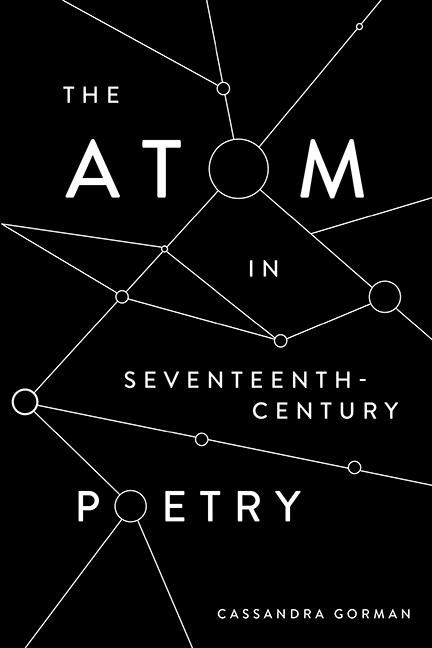Refine search
Actions for selected content:
3430 results in Popular science
Index
-
- Book:
- Enigmas
- Published online:
- 01 September 2022
- Print publication:
- 18 August 2022, pp 229-238
-
- Chapter
- Export citation
4 - Alan Turing and the Enigma Machine
-
-
- Book:
- Enigmas
- Published online:
- 01 September 2022
- Print publication:
- 18 August 2022, pp 82-103
-
- Chapter
- Export citation
Notes on Contributors
-
- Book:
- Enigmas
- Published online:
- 01 September 2022
- Print publication:
- 18 August 2022, pp xi-xiv
-
- Chapter
- Export citation

The Atom in Seventeenth-Century Literature
-
- Published by:
- Boydell & Brewer
- Published online:
- 16 July 2022
- Print publication:
- 13 August 2021
Copyright page
-
- Book:
- Blood
- Published online:
- 13 June 2022
- Print publication:
- 07 July 2022, pp vi-vi
-
- Chapter
- Export citation
1 - Battle Blood
-
-
- Book:
- Blood
- Published online:
- 13 June 2022
- Print publication:
- 07 July 2022, pp 6-17
-
- Chapter
- Export citation
4 - Dracula, Blood, and the New Woman: Stoker’s Reflections on the Zeitgeist
-
-
- Book:
- Blood
- Published online:
- 13 June 2022
- Print publication:
- 07 July 2022, pp 65-83
-
- Chapter
- Export citation
2 - Transitional Bleeding in Early Modern England
-
-
- Book:
- Blood
- Published online:
- 13 June 2022
- Print publication:
- 07 July 2022, pp 18-37
-
- Chapter
- Export citation
3 - Blood in Motion, or the Physics of Blood Flow
-
-
- Book:
- Blood
- Published online:
- 13 June 2022
- Print publication:
- 07 July 2022, pp 38-64
-
- Chapter
- Export citation
Introduction
-
-
- Book:
- Blood
- Published online:
- 13 June 2022
- Print publication:
- 07 July 2022, pp 1-5
-
- Chapter
- Export citation
Acknowledgements
-
- Book:
- Blood
- Published online:
- 13 June 2022
- Print publication:
- 07 July 2022, pp xiii-xiv
-
- Chapter
- Export citation
7 - Cold Blood: Some Ways by Which Animals Cope with Low Temperatures
-
-
- Book:
- Blood
- Published online:
- 13 June 2022
- Print publication:
- 07 July 2022, pp 140-169
-
- Chapter
- Export citation
Notes on Contributors
-
- Book:
- Blood
- Published online:
- 13 June 2022
- Print publication:
- 07 July 2022, pp xi-xii
-
- Chapter
- Export citation
Contents
-
- Book:
- Blood
- Published online:
- 13 June 2022
- Print publication:
- 07 July 2022, pp vii-viii
-
- Chapter
- Export citation
Index
-
- Book:
- Blood
- Published online:
- 13 June 2022
- Print publication:
- 07 July 2022, pp 183-190
-
- Chapter
- Export citation
5 - Blood Lines of the British People
-
-
- Book:
- Blood
- Published online:
- 13 June 2022
- Print publication:
- 07 July 2022, pp 84-117
-
- Chapter
- Export citation
6 - Heroes and Villains of Blood
-
-
- Book:
- Blood
- Published online:
- 13 June 2022
- Print publication:
- 07 July 2022, pp 118-139
-
- Chapter
- Export citation
Figures
-
- Book:
- Blood
- Published online:
- 13 June 2022
- Print publication:
- 07 July 2022, pp ix-x
-
- Chapter
- Export citation
8 - Blood Sculptures
-
-
- Book:
- Blood
- Published online:
- 13 June 2022
- Print publication:
- 07 July 2022, pp 170-182
-
- Chapter
- Export citation
14 - Harnessing the Elements: Beeckman and Atmospheric Instruments
-
-
- Book:
- Knowledge and Culture in the Early Dutch Republic
- Published by:
- Amsterdam University Press
- Published online:
- 07 October 2022
- Print publication:
- 24 June 2022, pp 369-392
-
- Chapter
- Export citation
